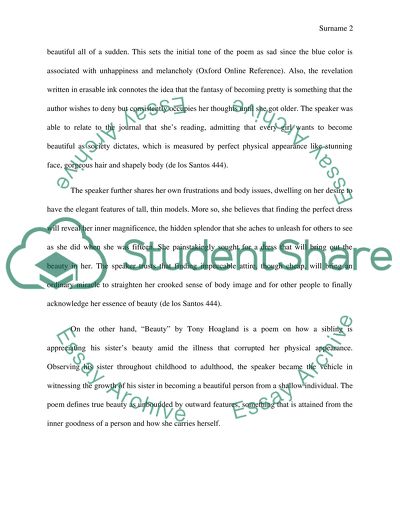Cite this document
(“Compare and analyze 2 poems, then answer which is more stronger and Essay”, n.d.)
Compare and analyze 2 poems, then answer which is more stronger and Essay. Retrieved from https://studentshare.org/literature/1477724-compare-and-analyze
Compare and analyze 2 poems, then answer which is more stronger and Essay. Retrieved from https://studentshare.org/literature/1477724-compare-and-analyze
(Compare and Analyze 2 Poems, Then Answer Which Is More Stronger and Essay)
Compare and Analyze 2 Poems, Then Answer Which Is More Stronger and Essay. https://studentshare.org/literature/1477724-compare-and-analyze.
Compare and Analyze 2 Poems, Then Answer Which Is More Stronger and Essay. https://studentshare.org/literature/1477724-compare-and-analyze.
“Compare and Analyze 2 Poems, Then Answer Which Is More Stronger and Essay”, n.d. https://studentshare.org/literature/1477724-compare-and-analyze.


